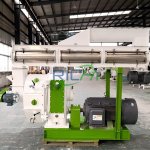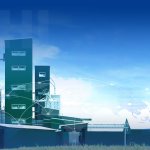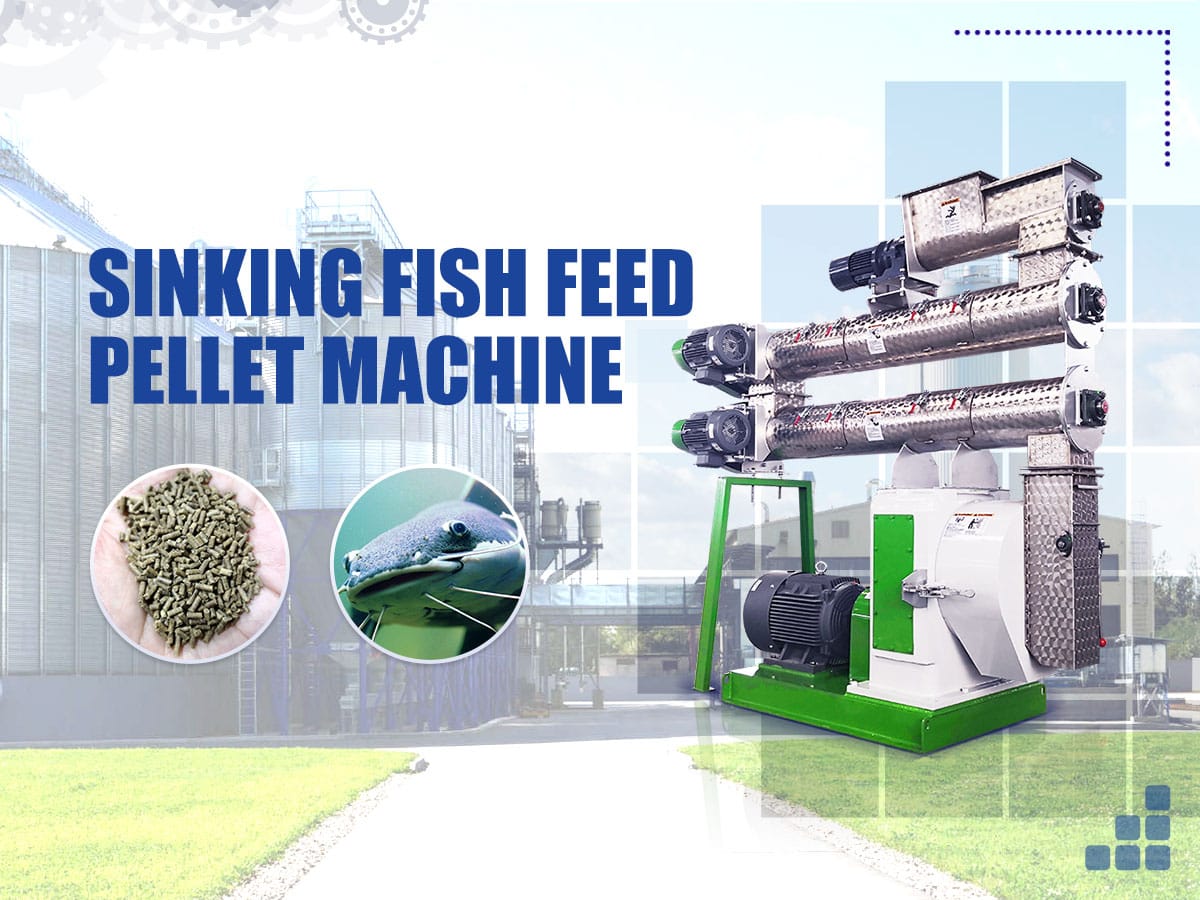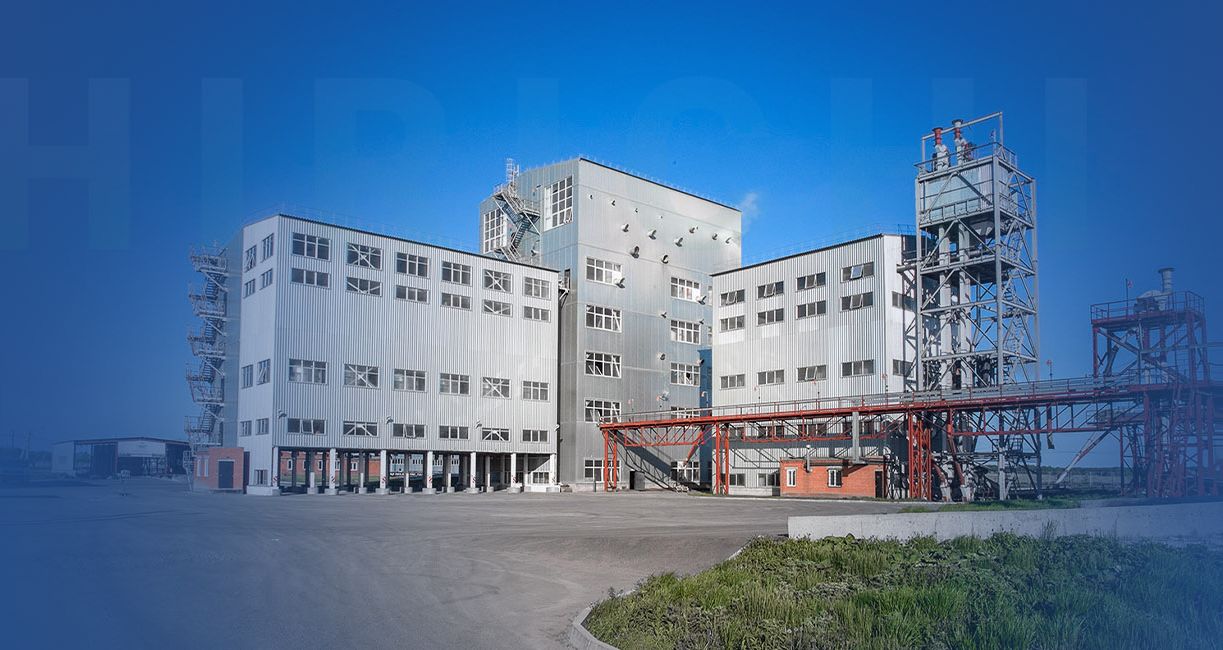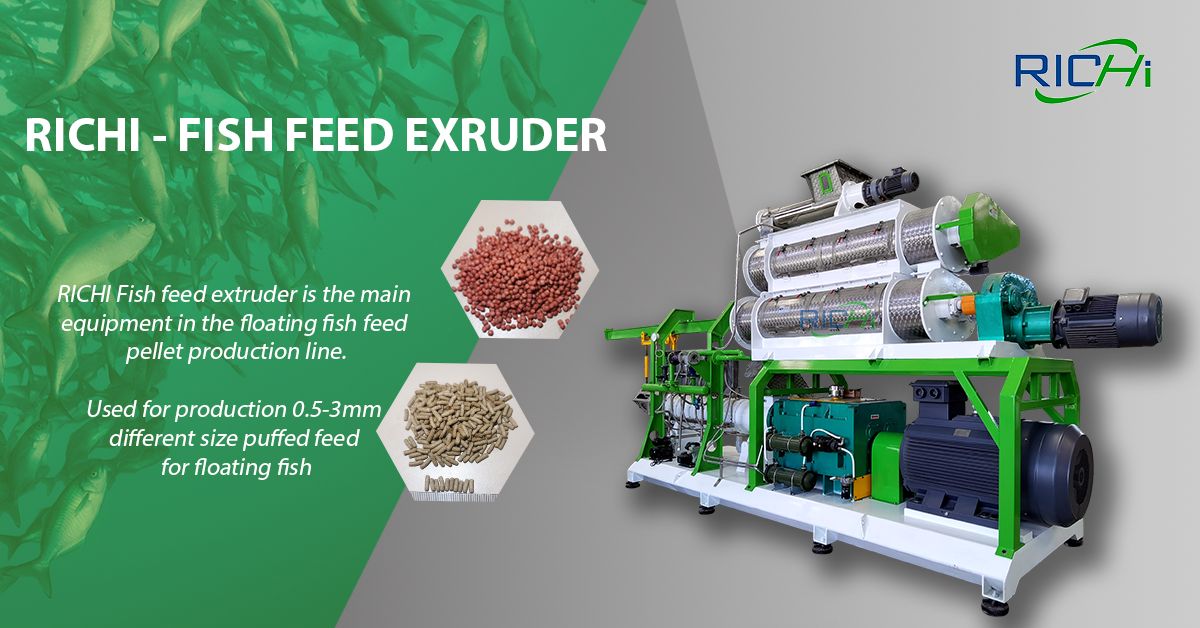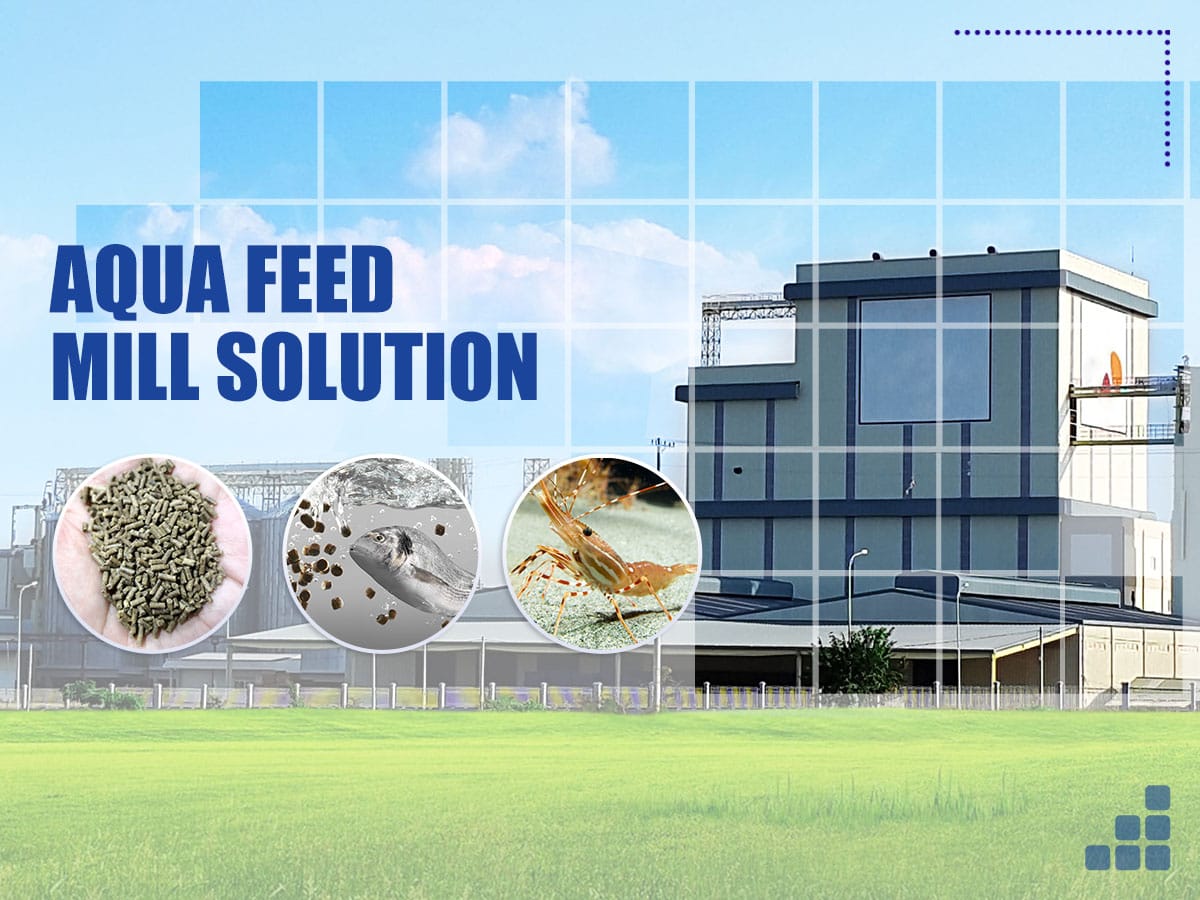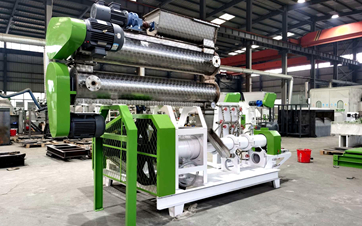In the dynamic world of aquaculture, ensuring the optimal growth and health of farmed fish species is a top priority. One crucial aspect of achieving this goal is providing a consistent supply of high-quality and nutritionally balanced feed. While floating fish feed pellets have been a popular choice, there is a growing recognition of the advantages offered by sinking fish feed pellets, produced using specialized sinking fish feed machines.
These machines are designed to create dense, water-stable pellets that sink to the bottom of the aquaculture pond or tank, catering to the natural feeding behaviors of many fish species. By understanding the benefits of sinking fish feed pellets and the role of sinking fish feed machines, aquaculture operators can make informed decisions to optimize their feeding practices and support the long-term sustainability of their operations.
Mimicking Natural Feeding Behaviors
One of the primary advantages of sinking fish feed pellets is their ability to mimic the natural feeding behaviors of many fish species. In their natural habitats, many fish are accustomed to foraging for food at the bottom of water bodies, where a significant portion of their diet is found. By providing sinking feed pellets, aquaculture operators can better replicate these natural feeding patterns, promoting more natural and efficient feeding behaviors.
Sinking fish feed pellets also reduce the risk of feed loss due to surface disturbances or water currents, ensuring that the feed remains accessible to the fish for an extended period. This can lead to improved feed utilization and reduced waste, contributing to cost savings and environmental sustainability.
Improved Nutrient Availability and Digestibility
Sinking fish feed machines are designed to produce dense and water-stable pellets that maintain their integrity and nutrient composition even after prolonged submersion in water. This characteristic is particularly important for ensuring optimal nutrient availability and digestibility for the fish.
As the pellets sink to the bottom, they undergo a gradual softening process, allowing the fish to consume them more easily and facilitating better nutrient absorption. This can lead to improved feed conversion ratios, faster growth rates, and overall better fish health and performance.
Reduced Feed Loss and Environmental Impact
In aquaculture systems with strong water currents or surface disturbances, floating feed pellets can be easily dispersed or washed away, leading to significant feed loss and potential environmental pollution. Sinking fish feed pellets, on the other hand, remain concentrated at the bottom of the pond or tank, minimizing the risk of feed loss and reducing the environmental impact associated with uneaten feed.
By reducing feed waste, aquaculture operators can optimize their feed utilization, leading to cost savings and a more sustainable operation. Additionally, the reduced risk of uneaten feed accumulating in the water body helps maintain better water quality and reduces the potential for eutrophication and other environmental issues.
Versatility in Feed Formulations
Sinking fish feed machines offer versatility in producing a wide range of feed formulations tailored to the specific nutritional requirements of different fish species and life stages. These machines can handle various raw materials, including grains, oilseeds, fish meal, and plant-based proteins, allowing for the creation of customized feed blends.
By incorporating specialized ingredients, such as attractants, binders, or functional additives, sinking fish feed pellets can be further optimized to enhance palatability, nutrient bioavailability, and overall feed performance. This versatility enables aquaculture operators to meet the unique dietary needs of their fish stocks, supporting optimal growth, health, and productivity.
Improved Feed Management and Monitoring
The use of sinking fish feed pellets can also facilitate better feed management and monitoring practices within aquaculture operations. As the pellets remain concentrated at the bottom of the pond or tank, it becomes easier for operators to observe and monitor feed consumption patterns.This visibility allows for more accurate adjustments to feeding rates and schedules, minimizing overfeeding or underfeeding situations. Additionally, the ability to visually inspect the remaining feed can provide valuable insights into the fish’s appetite and overall health, enabling timely interventions or adjustments to feeding practices.
Integration with Automated Feeding Systems
Many modern aquaculture operations have adopted automated feeding systems to streamline feed delivery and optimize feed utilization. Sinking fish feed pellet machines can be seamlessly integrated with these automated systems, ensuring consistent and efficient delivery of sinking feed pellets to the fish stocks.The compatibility between sinking fish feed pellets and automated feeding systems can further enhance feed management practices, reduce labor requirements, and improve overall operational efficiency within aquaculture facilities.As the aquaculture industry continues to grow and evolve, the demand for sustainable and efficient feeding practices will only increase. By leveraging the advantages of sinking fish feed pellets and the capabilities of sinking fish feed machines, aquaculture operators can not only optimize fish growth and health but also contribute to the long-term sustainability of their operations.Through improved feed utilization, reduced environmental impact, and enhanced feed management practices, the use of sinking fish feed pellets represents a significant step towards responsible and efficient aquaculture practices, supporting the industry’s efforts to meet the growing global demand for high-quality seafood while minimizing its environmental footprint.
Related post: https://www.richipelletmachine.com/fish-feed-processing-line/

